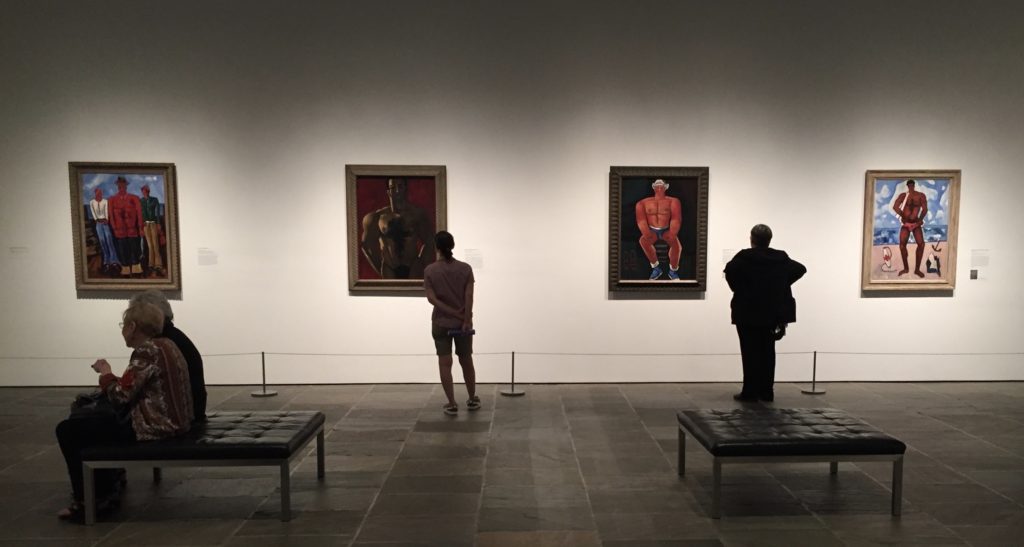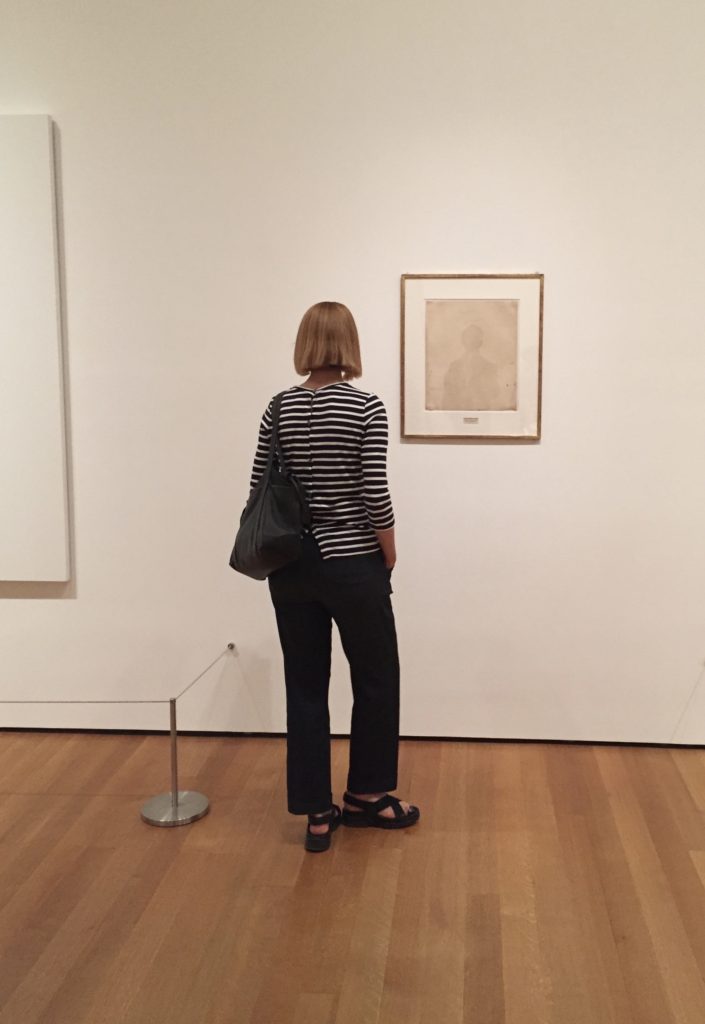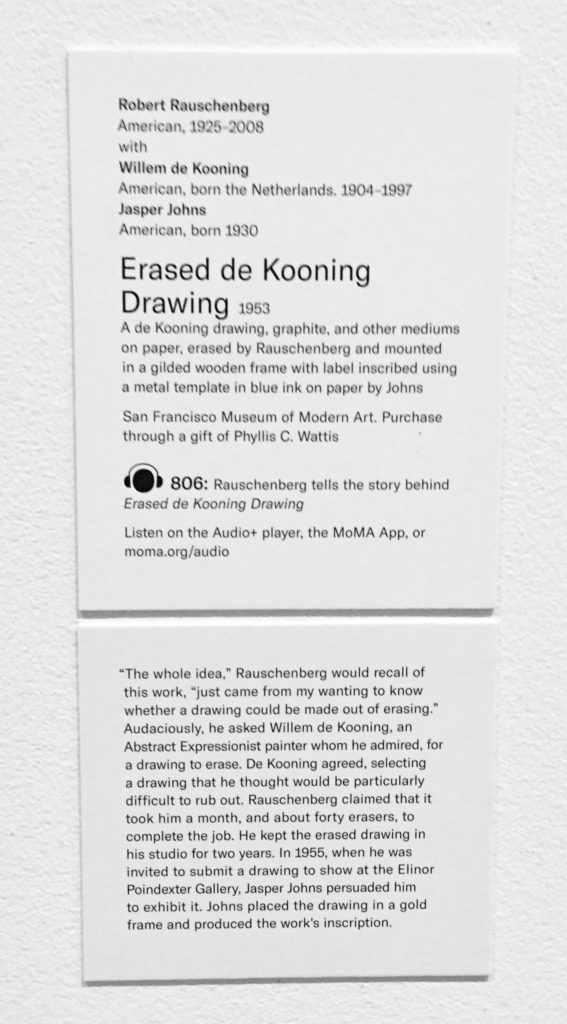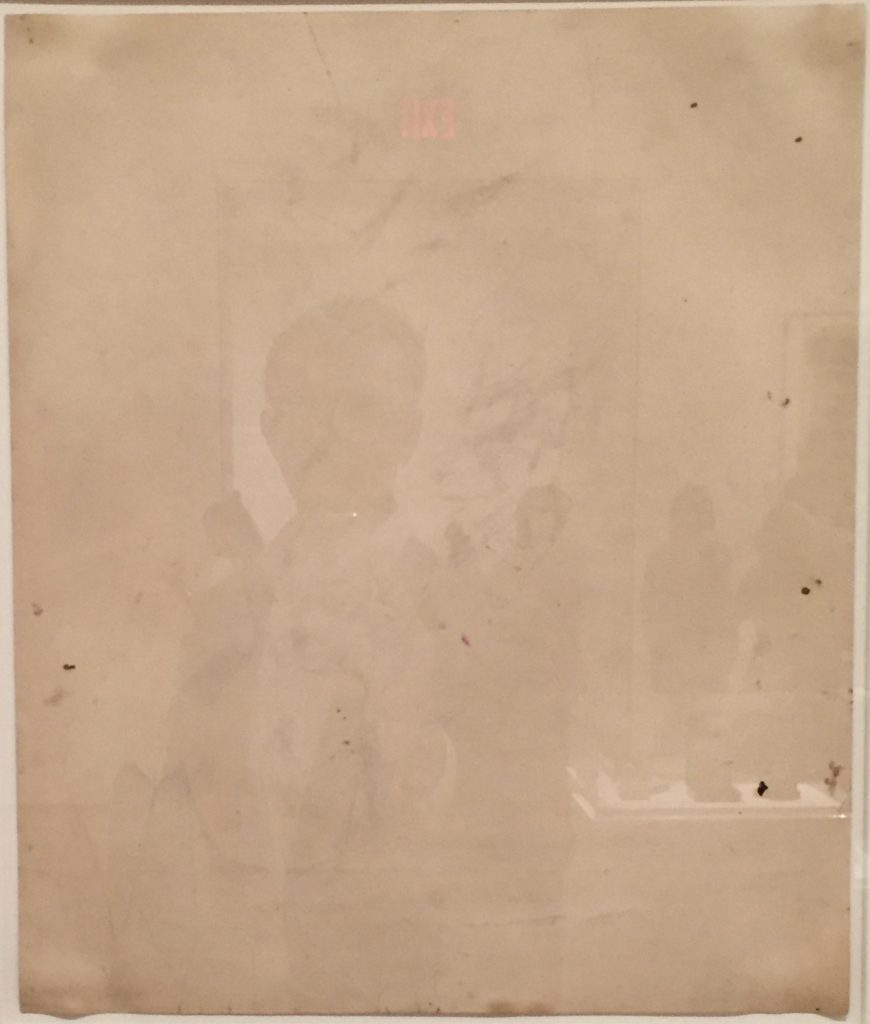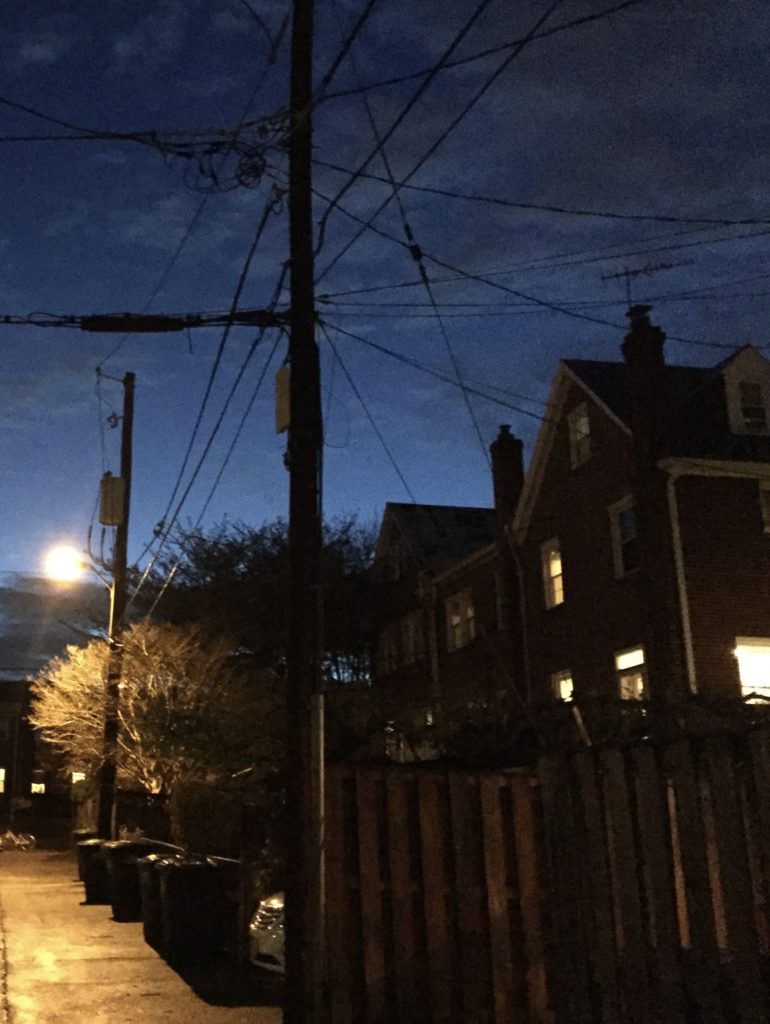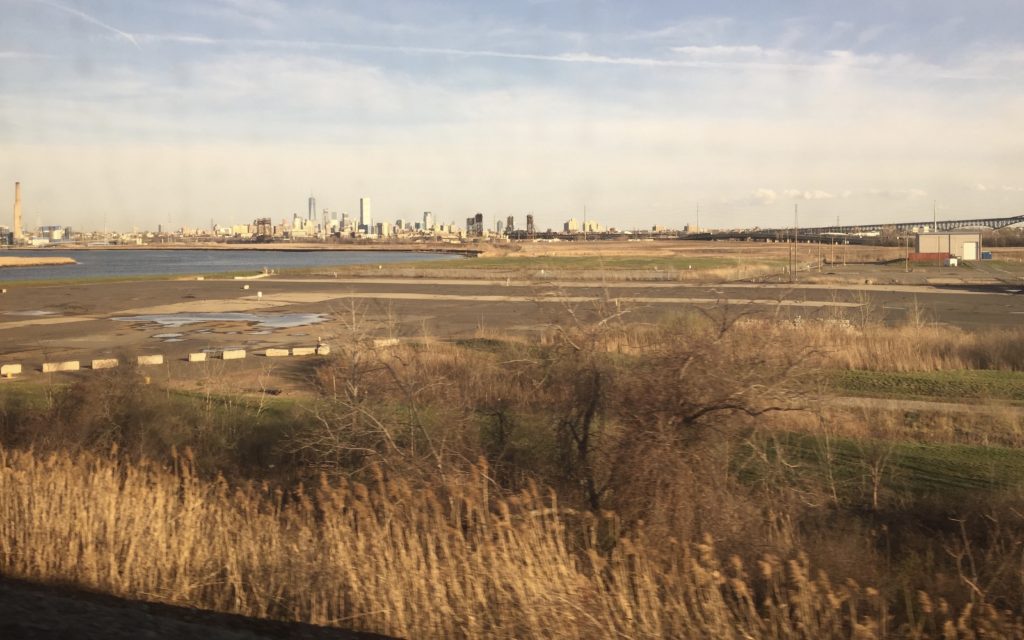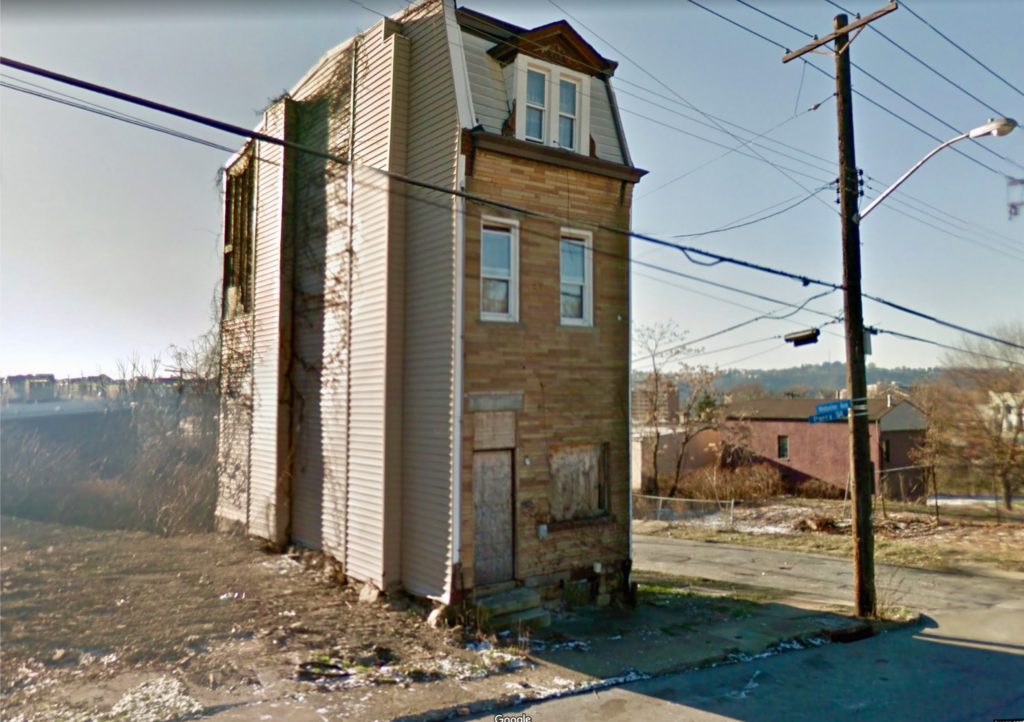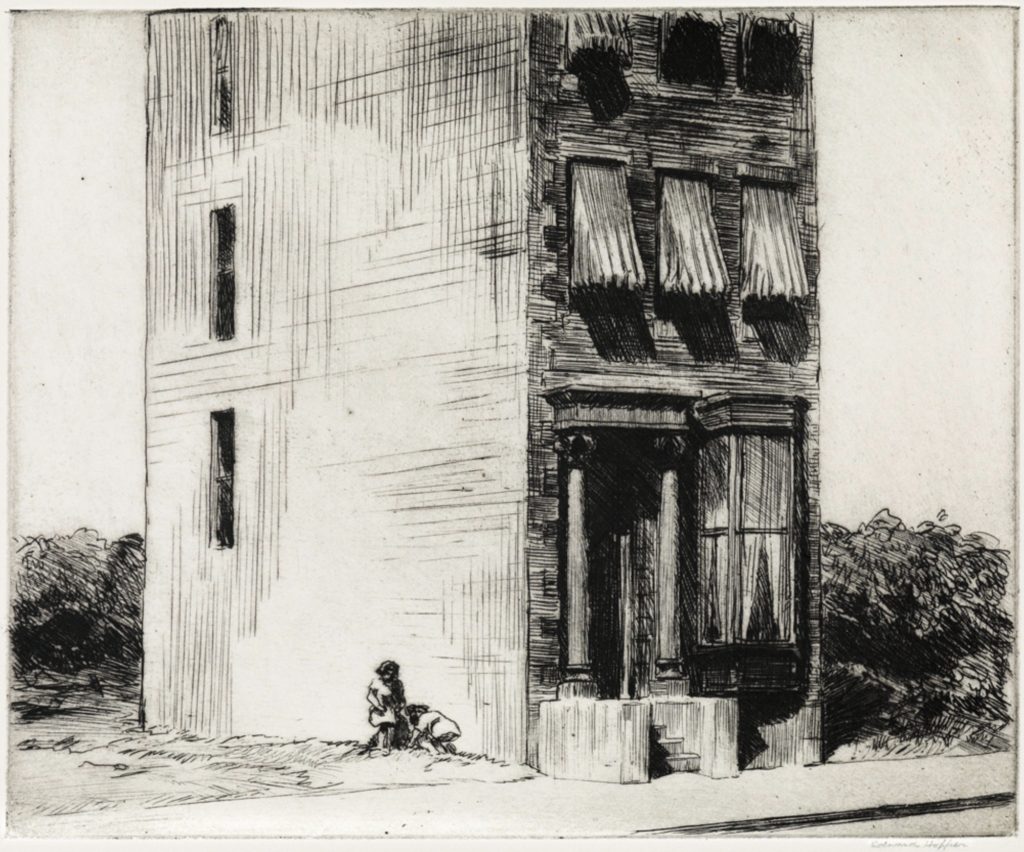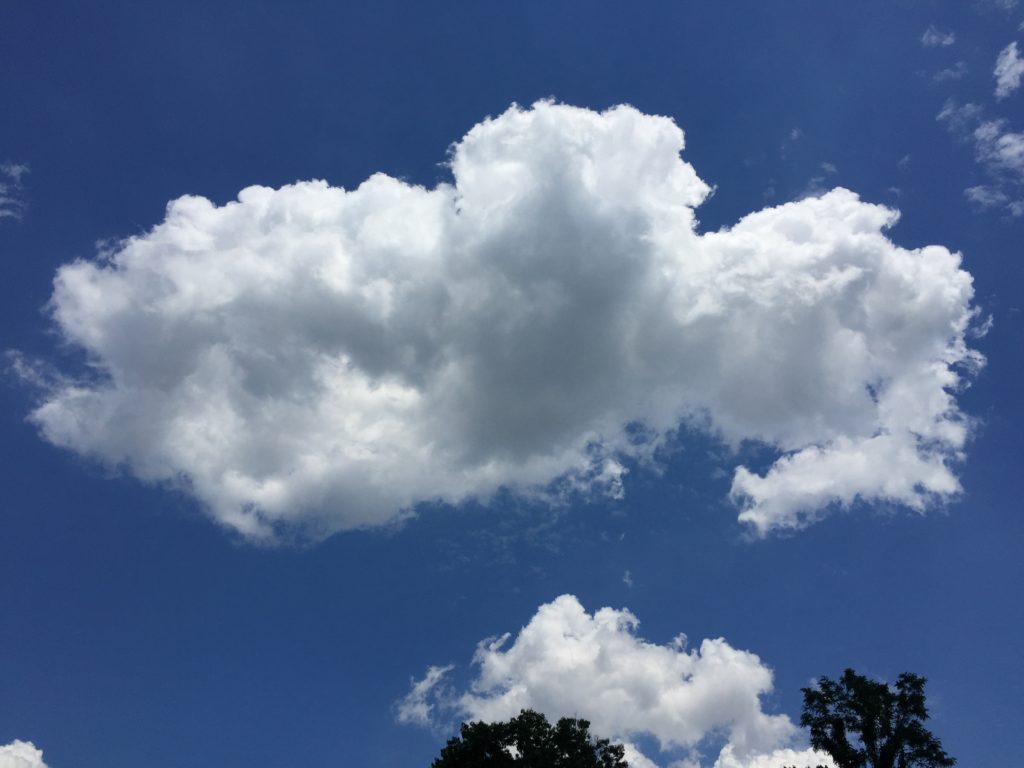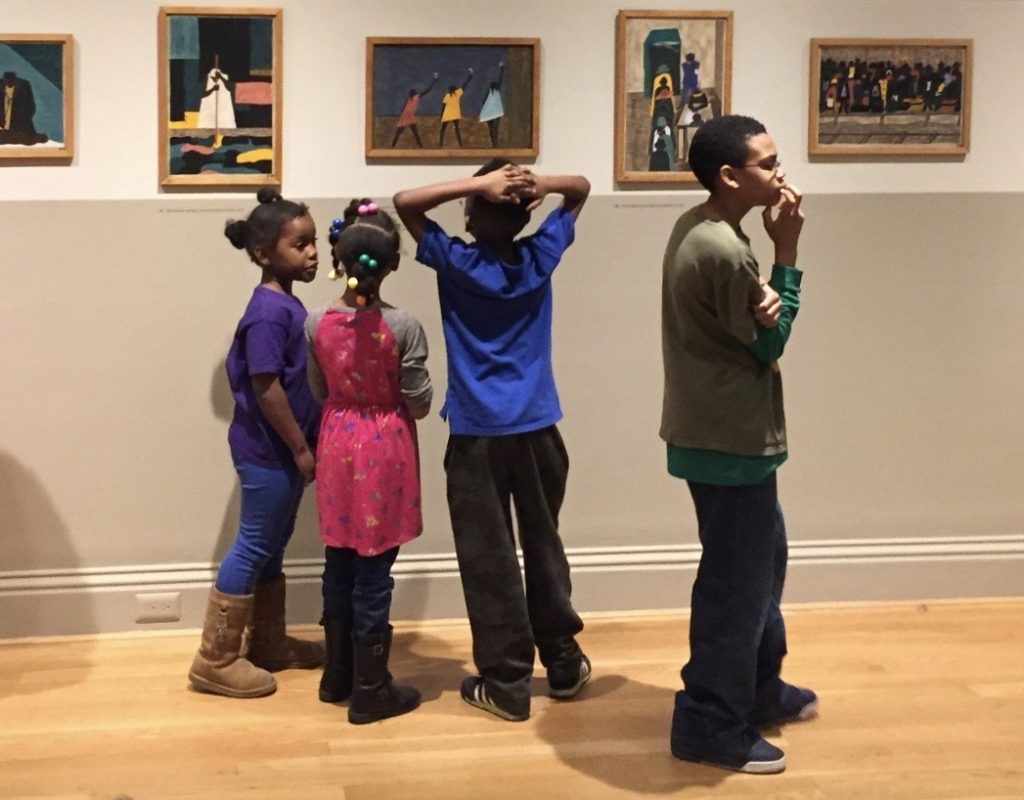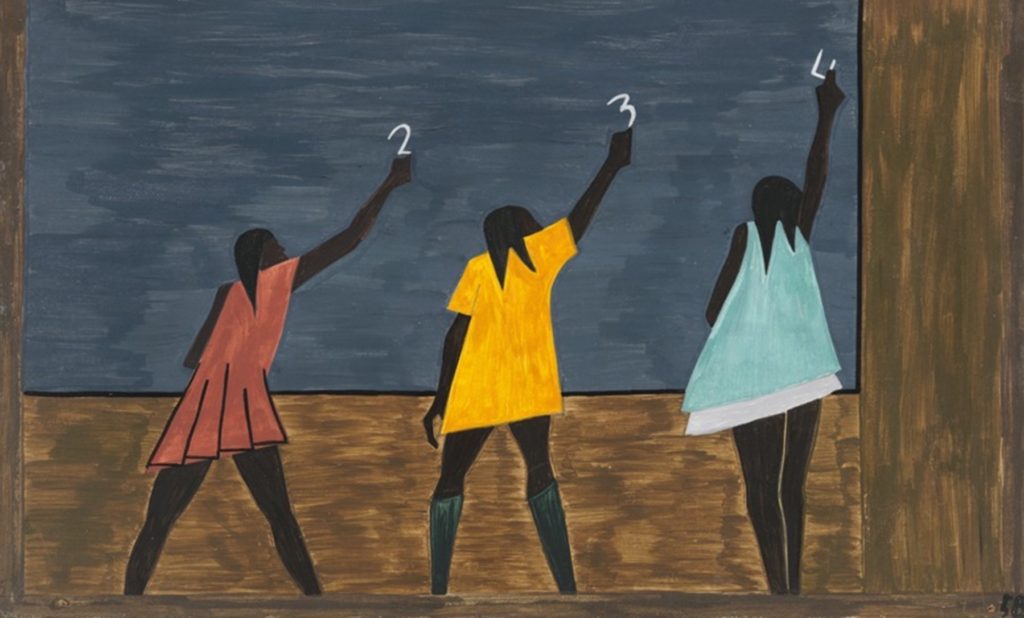.
Early in Lin-Manuel Miranda’s stage musical, Hamilton, during a scene set on the streets of Colonial New York City, the Schuyler Sisters — Angelica, Eliza (and Peggy) — sing an exuberant song in praise of the city. Among the song’s lyrics are these joyful words:
“[H]ow lucky we are to be alive right now! History is happening in Manhattan and we just happen to be in the greatest city in the world!”
The three young ladies dare any of their listeners to deny that theirs is indeed the “greatest city.” The challenge they issue to dissenters is a simple instruction, repeated over the course of the song a total of 16 times:
“Look around!”
Over two centuries later, look around is still good advice to anyone who wants to experience New York City in all of its fullness. I would add one amendment to the guidance of the three sisters. If you find yourself on the streets of present-day NYC, remember this:
There are moments when looking around also calls for you … to look up!
.
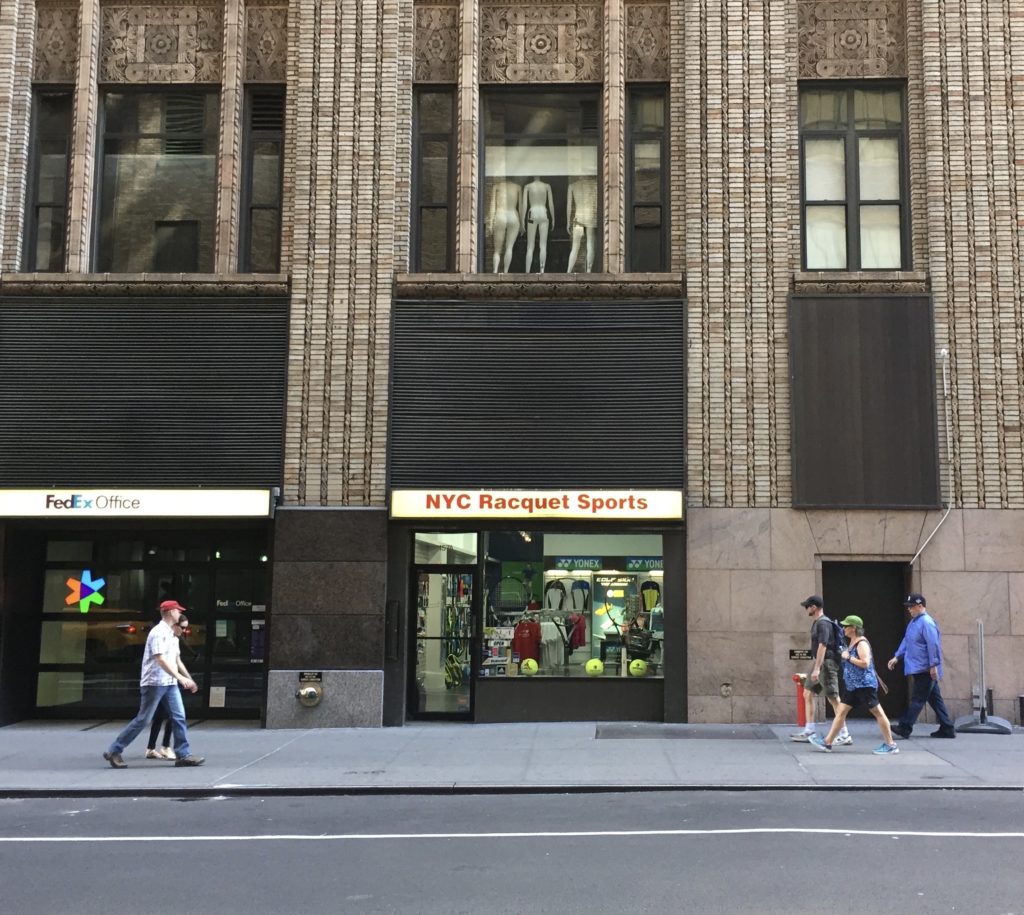 New York City, 157 W. 35th St., September 23, 2017 at 11:45:33 AM
New York City, 157 W. 35th St., September 23, 2017 at 11:45:33 AM
.
